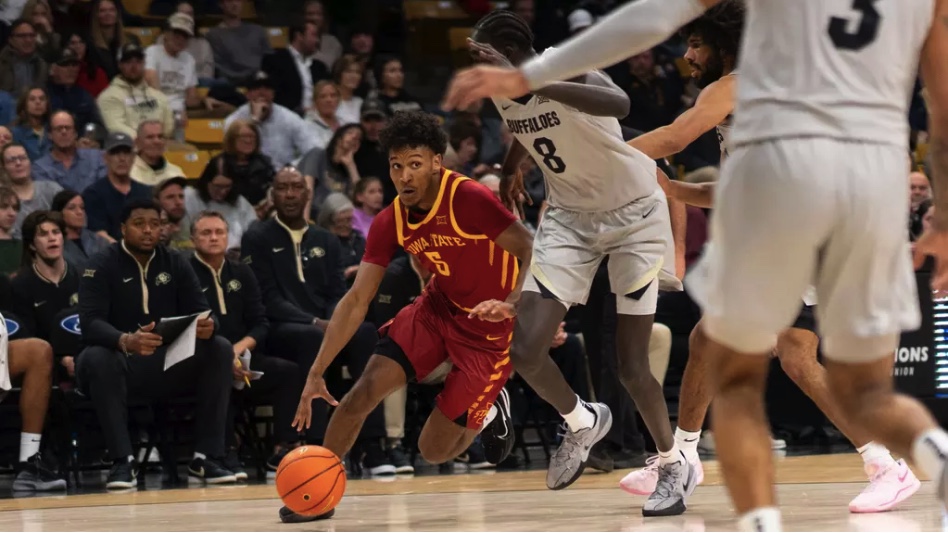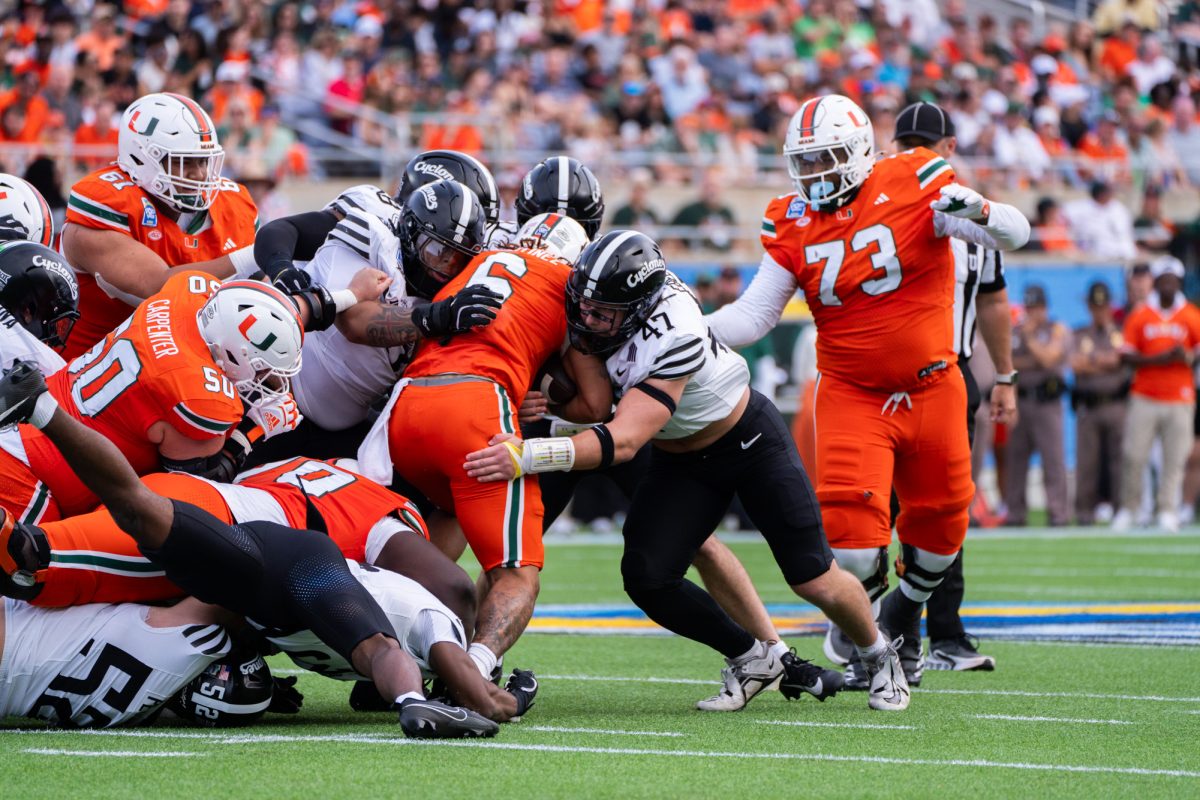25 years after the protest, ISU students, professor visit Wounded Knee
March 9, 1998
Twenty-five years after a protest at Wounded Knee, Native Americans and others wanting to learn more about Native American history gathered last weekend to commemorate the tragic event.
The theme of the observance was “25 years of spiritual and cultural liberation honoring those who gave their lives for our children and future generations.”
On Feb. 27, 1973, American Indian Movement leaders and their supporters had been meeting at the Pine Ridge reservation in southwest South Dakota when they made a decision to take over Wounded Knee, which once was their territory. The siege lasted 71 days and made Wounded Knee infamous in American Indian history.
Now, 25 years later, students from an American Indian Studies class at Iowa State titled “American Indian Studies: Contemporary American Indian Communities,” traveled to Wounded Knee, S.D. to remember the tragedies that occurred on those freezing plains. Led by Devery Fairbanks, ISU professor of American Indian studies, nine students journeyed 12 hours to South Dakota for the commemoration.
After what was one of the most memorable weekends of their lives, Fairbanks, and his nine students gathered in Curtiss Hall Tuesday afternoon to discuss their visit to the site of Wounded Knee.
During the weekend, students had the opportunity to meet with Native Americans and to hear stories about their culture. The students also visited an American Indian radio station, witnessed a pow wow and attended a Native American concert.
Fairbanks, member of the Ojibway Nation of the White Earth Reservation in Minnesota, opened the informal meeting by expressing the importance of making the trip. Despite the freezing temperatures, Fairbanks called the event a very “spiritual” occurrence.
“The cold weather made us humble. It humbled us out,” Fairbanks said. “In 1890, they suffered; in 1973, they suffered, and we suffered.”
Fairbanks, who is the only Native American faculty member in ISU’s American Indian studies program, said he was very pleased to see people he hadn’t seen in more than 10 years.
“It was a time for us to visit, share, listen, learn and make new friends,” he said, adding that several of the old friends with whom he had reacquainted himself had asked him to participate in ceremonies this summer.
Fairbanks said he was glad he and his students “roughed” it by staying on the reservation instead of a luxurious hotel. Using community bathrooms, eating Native American foods like buffalo stew helped “humble out” the students, he said.
“We lived communally. I really liked that,” he said.
One student in the group, Cathy Harris, senior in human development and family studies, said she enjoyed the intimacy of the group during the weekend.
“The part I enjoyed was getting to know some students who maybe are sort of quiet,” she said.
Harris also said she was moved by tales of civil war among American Indians, as well as current American Indian crisis issues, such as mistreatment of the elderly. She said her experience of talking with a medicine man until 4 a.m. was “real helpful.”
Travis Harwood, sophomore in history and American Indian studies, agreed the weather helped keep the group on its toes. He also said he enjoyed listening to the speakers, and he marveled at how isolated from everyday Western culture Native American life can be.
“There is such a thing as Indian time,” he said.
Mike Zuro, sophomore in accounting and American Indian studies, said some of the older people at Wounded Knee gave their group funny looks, but he enjoyed getting to know the residents.
Mark Vance, junior in visual communications, said he thought it was suspicious that the local media only showed up for the first night of the observance instead of talking with the Native Americans who actually knew about the history of Wounded Knee.
Laura Hager, junior in art and design, said it was good to see what Native American life was really like.
“It wasn’t what I expected at all,” she said. “It was good to see everything.”
Hager, who drew some sketches during the trip, also enjoyed her opportunity to chat with Native American artist Joe Benjamin, who discussed his battle with alcoholism with her.
When Hager alluded to some problems the group had during the trip, Fairbanks said some of the setbacks they experienced helped the group become more cohesive.
“Some things were a bummer, but they helped us be strong and learn,” he said. “Next time, our trips will be even better.”
Layla Sunderman, undeclared sophomore, said she also had some misconceptions about Native American life before the trip.
“My stereotypes were either clarified or gotten rid of,” she said.
Jennifer Clem, undeclared sophomore, called the trip a “total wake-up call.” Clem discussed the initial awkwardness of being one of the only individuals with blonde hair at the celebration, but said the experience of being a minority taught her some valuable lessons.






